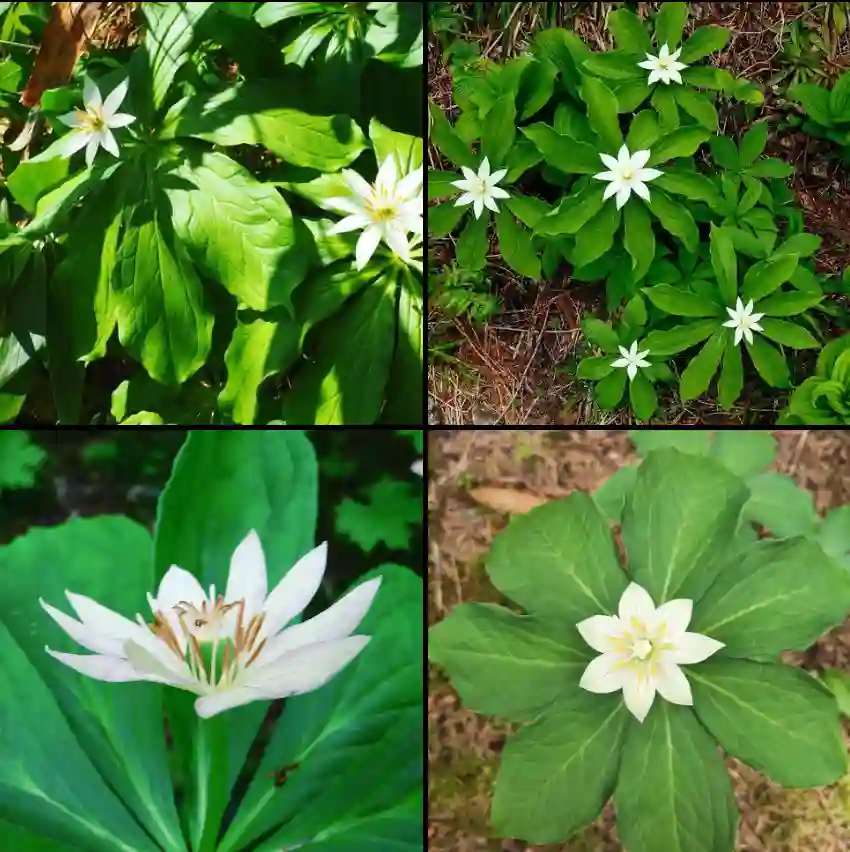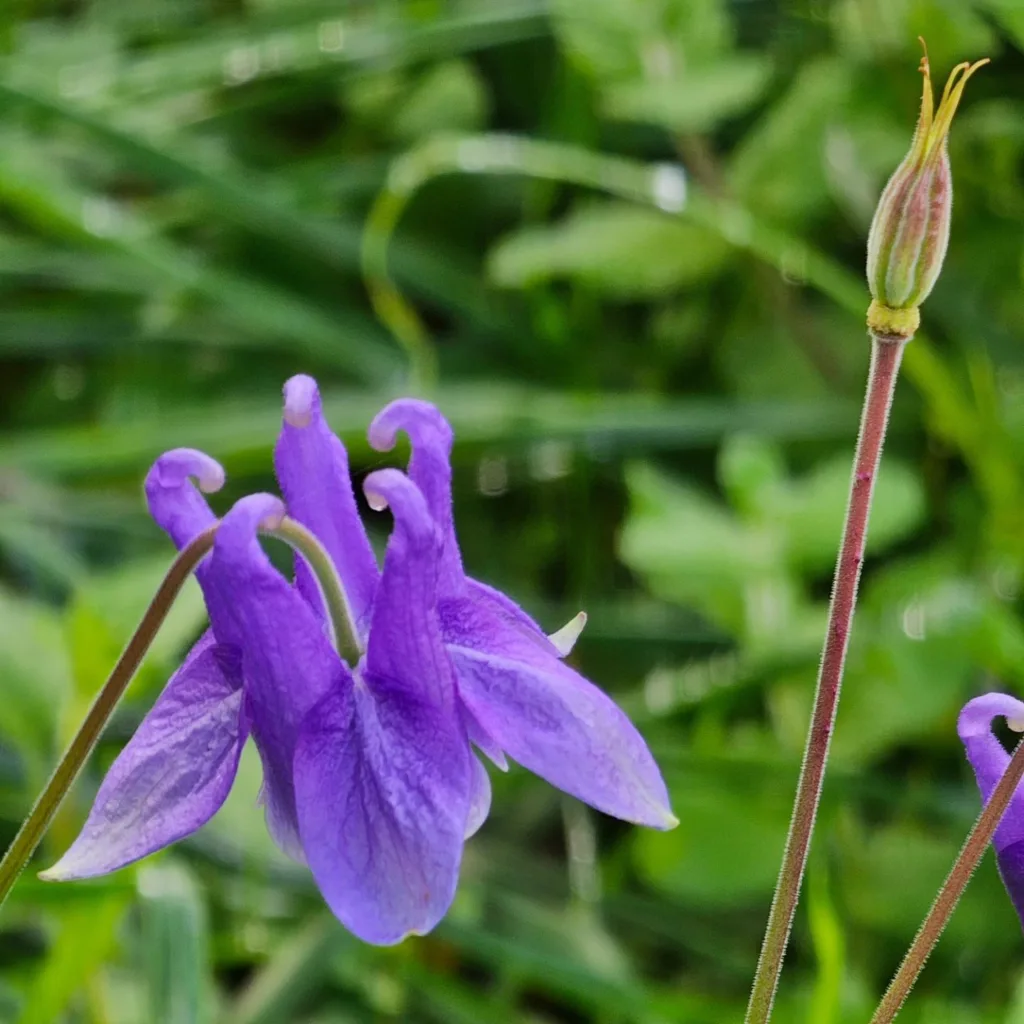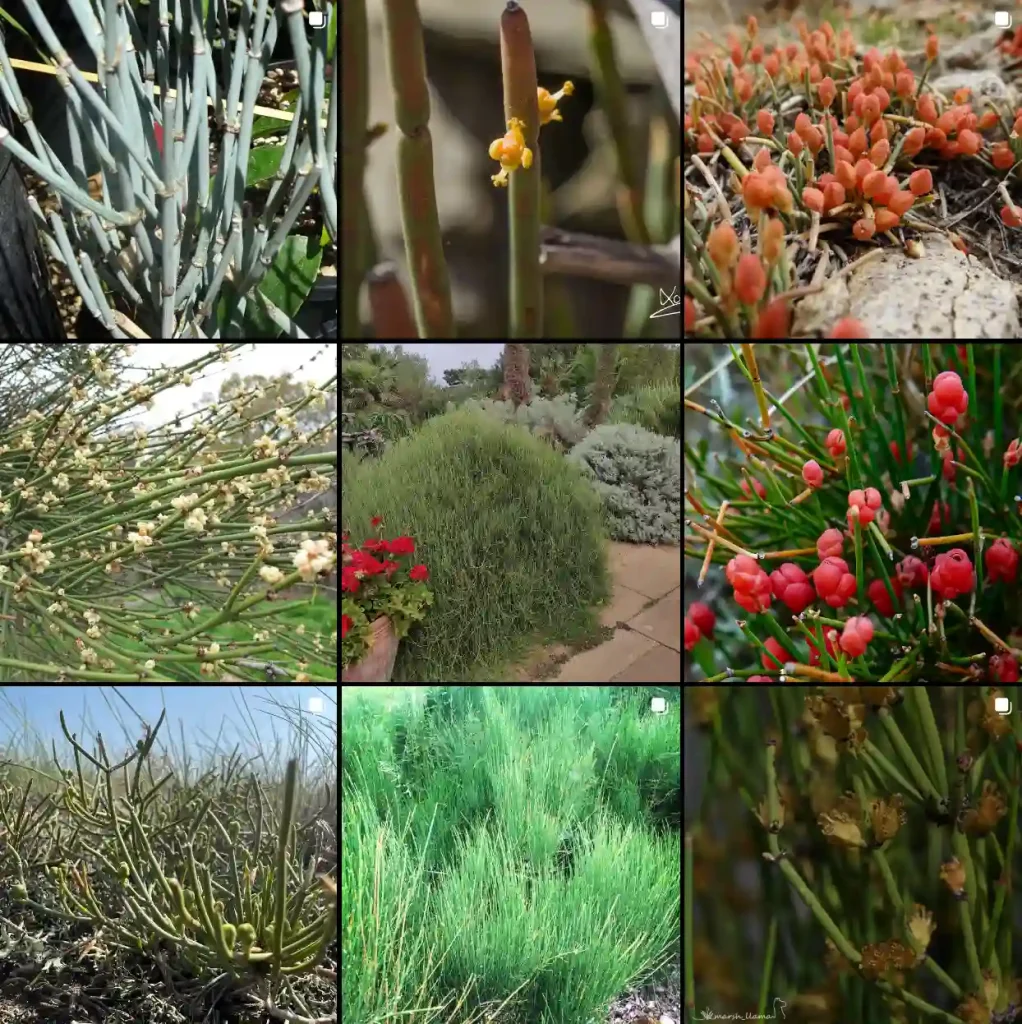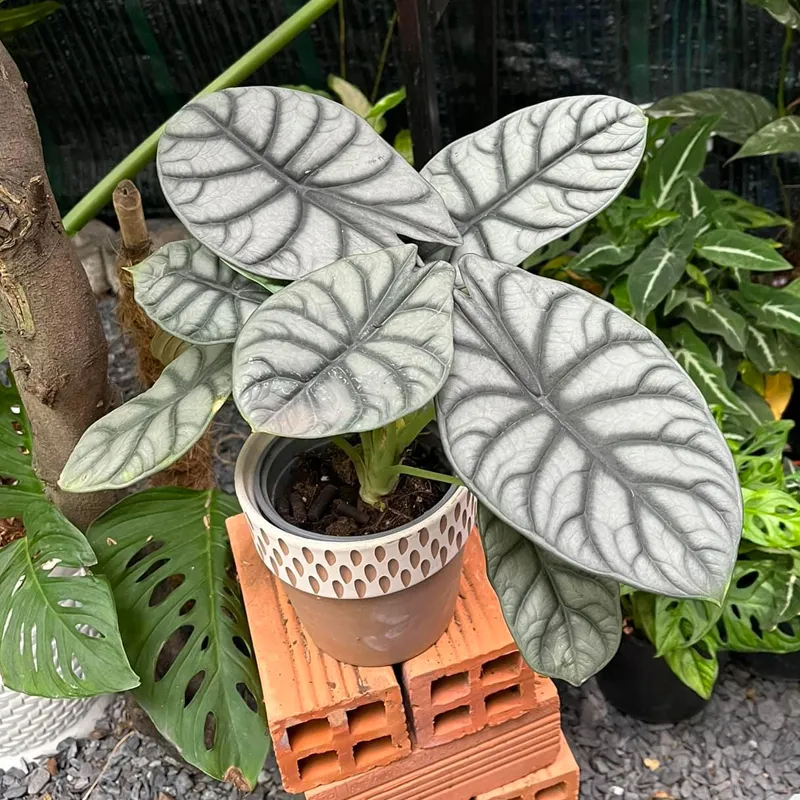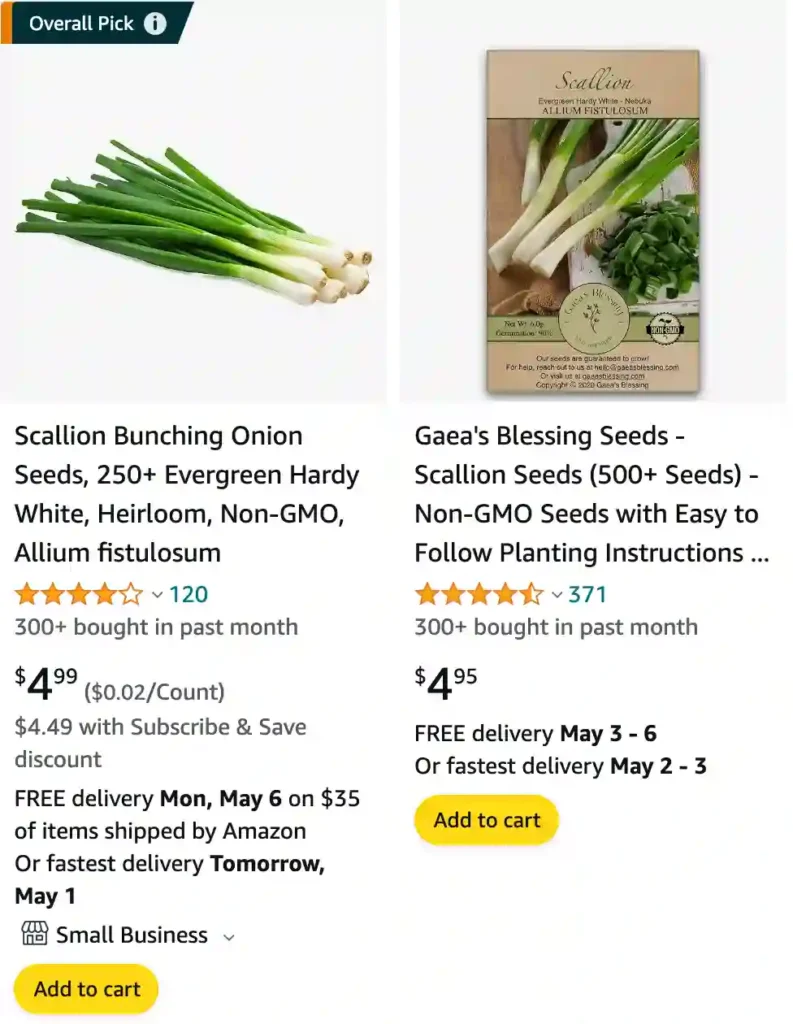
Scallions: A Versatile Culinary Companion
When I think of scallions or green onions, scientific know as Allium Fistulosum, I see more than just an ingredient. To me, they’re a vibrant, indispensable part of the kitchen. Their sharp yet mild flavor, versatility, and ease of growth make them one of my go-to choices for both cooking and gardening. Let me take you through my experiences with scallions—their uses, cultivation, and how they’ve added value to my culinary and gardening adventures.
1078 Species in Genus Allium
Can dogs eat scallions?
No way would I ever let my dog near scallions! I learned this the hard way a few years ago when Buster, my dachshund, snatched a piece of spring onion I accidentally dropped while chopping veggies. Luckily, it was just a tiny bit, but I freaked out and called the vet immediately. They said the amount was likely harmless, but to keep an eye on him for any vomiting or weakness. That whole experience was stressful, and it definitely cemented the “no scallions for Buster” rule in my mind! Now, I’m super careful about keeping all onion-y things out of his reach.
What to eat with scallion pancakes?
Scallion pancakes are so versatile! Sometimes I crave them just on their own, fresh out of the pan, maybe with a little sprinkle of sesame seeds for an extra nutty flavor. But other times, I love to turn them into a full meal. Dipping them in a savory chili crisp sauce with a side of steamed bok choy is a winner in my book. The coolness of the bok choy balances the richness of the pancakes and sauce perfectly.
How to cut a scallion?
Chopping scallions depends on how I want to use them in the dish. For a quick garnish, I like a simple “coins” method. First, I wash the scallions and trim off any dry bits. Then, I line them up on my cutting board and hold them down with my fingertips. With my other hand, I carefully slide a sharp knife back and forth across the scallions, without pressing down too hard. This creates thin little rounds that add a pop of green and oniony flavor without overpowering the dish. It’s almost like confetti made of scallions!
Are scallions low fodmap?
I can definitely enjoy scallions on my low-FODMAP journey, but with a bit of caution! The key is all about the part of the scallion you eat. The white bulb at the bottom is a no-go for me – way too high in FODMAPs and guaranteed to cause some uncomfortable bloating. But the good news is, the green tops are a lifesaver! They’re low in FODMAPs, so I can chop them up and add them to all sorts of dishes for that lovely oniony flavor without any digestive drama. It’s like having a secret FODMAP-friendly weapon in my kitchen!
Can bunnies eat scallions?
Oh no, definitely not scallions for my bunny! Those little guys are so sensitive, and I wouldn’t want to risk giving them a tummy ache. I know they love munching on veggies, but scallions, like any onions or garlic, are a big no-no. They have these strong-smelling compounds that can mess with their little digestive systems. There are so many other yummy treats I can give my bunny, like hay, leafy greens, and some chopped carrots – no need to take any chances with scallions!
Can guinea pigs eat scallions?
My vet always warns me off giving scallions to my guinea pigs. I know, they’re adorable little fuzzballs and it’s tempting to share whatever yummy treat I’m having, but scallions are just not on the menu for them. Apparently, they have something in them that can cause anemia, which sounds scary. Don’t want my little guys getting sick! There are plenty of other safe veggies they can munch on, like bell peppers or some dandelion greens. It’s best to stick to what I know is safe for their delicate little tummies.
What part of scallions do you use?
I pretty much use all of the scallion depending on what I’m making! The white and light green parts are great for cooking because they have the strongest onion flavor. I’ll usually chop them up and toss them into stir-fries, omelets, or soups for a bit of bite. They cook down nicely and add a lovely savory element. The dark green parts at the top are milder, so I love them for garnishes. A sprinkle of thinly sliced scallion greens brightens up anything from a bowl of noodles to a plate of roasted veggies. They add a pop of color and a touch of freshness, without overpowering the main dish. Honestly, scallions are one of those zero-waste veggies for me – every part gets used in my kitchen!
Can cats eat scallions?
No way, scallions are definitely off-limits for my feline friend! Cats are obligate carnivores, which means they need meat in their diet. Scallions, along with other members of the onion family like garlic and chives, are toxic to cats. Even a small amount can damage their red blood cells and lead to anemia. It’s scary stuff! I wouldn’t want to risk my kitty’s health for a little taste of scallion. There are plenty of cat-safe treats out there to keep them happy, like little meaty kibble chunks or a fancy catnip toy. My motto is always “play it safe” when it comes to my cat’s food.
Can chickens eat scallions?
In my experience, chickens can definitely handle a bit of scallion here and there. It’s not their everyday food, but they seem to enjoy it as an occasional treat. I remember one time I was cleaning out the fridge and had some leftover scallions that were starting to wilt. I chopped them up and tossed them in the chicken coop, and let me tell you, there was a feeding frenzy! They went nuts for those scallions, scratching and pecking them up like little feathered vacuum cleaners.
That being said, I wouldn’t give them a whole bunch at once. I’ve read some things online about onions not being great for chickens in large quantities, something about affecting their red blood cells. So, I keep it to a small treat, more like a veggie surprise in their usual feed. They seem happy and healthy, and they certainly enjoy that little burst of oniony flavor every now and then!
How to dry scallions?
There are two main ways I dry scallions, depending on my patience and what tools I have on hand.
If I’m short on time, my oven works in a pinch. First, I’ll wash and chop the scallions into thin pieces. Then, I spread them out on a baking sheet lined with parchment paper, making sure none of the pieces are touching (that helps them dry evenly). With the oven set to its lowest temperature (usually around 125°F), I’ll leave the scallions in for 3-4 hours, or until they’re completely crispy and dry. Every now and then, I’ll crack the oven door open a bit to let some moisture escape.
But, for the best results and to preserve more of the scallion’s flavor, I prefer using a dehydrator. Dehydrating takes a little longer, somewhere between 6-8 hours, but it gives me scallions that are intensely flavorful and perfect for storing. The process is pretty similar to the oven method – wash, chop, spread on trays, but with the dehydrator set to a low temperature around 95°F. Again, I make sure the pieces aren’t touching and keep an eye on them throughout the process. Once they’re completely dry and brittle, I know they’re ready to store in an airtight container for whenever I need a little hit of scallion goodness!
How to make scallion oil?
Making scallion oil is ridiculously easy, and it’s a flavor booster I always have on hand in my kitchen. Here’s my go-to method:
First, I grab a bunch of scallions and wash them well. I chop them up into rough pieces, a mix of white and green parts – all that lovely scallion flavor gets infused into the oil! Then, I heat up some neutral oil in a pot or saucepan over medium-low heat. Neutral oil like canola or vegetable is best because it won’t overpower the delicate scallion flavor.
Once the oil is warm (but not hot!), I add the chopped scallions and let them simmer gently. I keep a close eye on them, stirring occasionally, because you don’t want them to brown. The goal is to slowly release their flavor into the oil. I can usually tell it’s done when the scallions turn a light golden color and become fragrant.
The last step is to strain the oil. I like to use a cheesecloth or a fine-mesh strainer to catch all the scallion bits. Then I let the oil cool completely before transferring it to a clean, airtight jar. That scallion oil will stay good in the fridge for weeks, ready to add a delicious punch to all sorts of dishes!
How many scallions in a bunch?
The number of scallions in a bunch can vary depending on the size and grower, but in my experience, it usually lands somewhere between 5 and 10 scallions. It’s not an exact science, and sometimes you might even find a bunch with 12 or more scallions if they’re on the smaller side.
Here’s a quick tip: If you need a specific amount for a recipe, you can base it on weight rather than number of scallions. A bunch of scallions typically weighs at least around half a pound (or about 225 grams). So, you can use that as a guide to figure out how many scallions you’ll need from a bunch.
How many carbs in scallions?
Scallions are definitely on the low-carb side! One scallion (about 6 grams) contains roughly 1 gram of carbohydrates [scallions carbs]. That means you can enjoy them without going overboard on your carb intake.
But here’s a note: the exact amount of carbs can vary slightly depending on the part of the scallion you eat. The white bulb at the bottom tends to have a bit more carbs than the green stalks [scallions carbs]. So, if you’re really watching your carb intake closely, you might focus more on using the green parts.
How to clean scallions?
Cleaning scallions is a breeze! Here’s my routine:
- First, I rinse the scallions under cool running water. I want to remove any dirt or grit that might be clinging to them, especially near the root end.
- While rinsing, I gently rub my fingers along the entire scallion, separating the green stalks a bit. This helps loosen any dirt hiding between the layers.
- For stubborn dirt, I might soak the scallions for a few minutes in a bowl of cool water. Then, I can give them another gentle rub and rinse.
- I trim off the root end and any dry or yellowing parts of the green stalks.
- That’s it! My scallions are clean and ready to be used.
Are scallions perennials?
In my experience, scallions are kind of like those “choose your own adventure” stories – they can be grown as annuals or perennials! It depends on how you want to harvest them.
Technically, scallions are perennials because they can keep coming back year after year, as long as the winters aren’t too harsh [bunching onions perennial]. They’ll form little white bulbs at the base and send up new green shoots each spring.
But most gardeners, myself included, tend to treat them like annuals. Here’s why: scallions are grown for their mild onion flavor, and that flavor comes from the green stalks. The bulb itself isn’t very strong. If you let the scallion plant mature and flower, it puts its energy into making seeds instead of growing big, flavorful stalks. So, to get the best scallions for eating, most people harvest them regularly throughout the season, preventing them from flowering and basically treating them like annuals.
However, if you don’t mind waiting and want to try your hand at letting a scallion plant flower, you absolutely can! You might even get some scallion seeds to plant for the next season. It’s all about what works for you and your scallion patch!
Do scallions flower?
You bet scallions flower! In fact, I’ve seen it happen plenty of times in my own garden. It’s kind of a cool sight, actually.
If you leave a scallion plant unharvested for a while, it will eventually send up a stalk with a round cluster of tiny white flowers on top. They look a bit like little puffballs made of flowers. These flowers are edible too, although they have a milder flavor than the scallion stalks themselves.
Some folks even let the flowers go to seed so they can collect them and plant new scallions the next season. But here’s the thing: once a scallion plant flowers, it starts to put its energy into making seeds instead of growing big, flavorful stalks. That means the scallion part you actually eat might get a little tough and lose some of its mild oniony taste.
So, it’s a bit of a trade-off. Flowers or fabulous flavor? Personally, I tend to harvest my scallions throughout the season to enjoy them at their prime, but there’s no harm in letting a few flower if you’re curious or want to try growing scallions from seed.
How to grill scallions?
Grilling scallions is a fantastic way to unlock a whole new dimension of their flavor! Here’s my method for getting perfectly grilled scallions:
- Heat it up: Get your grill going to medium-high heat. If you’re using a grill pan, preheat it over medium-high heat on your stovetop. You want a nice hot surface to get those beautiful char marks.
- Prep the scallions: Wash your scallions thoroughly and trim off the root ends and any dry or yellowing parts. You can leave them whole or, for thicker scallions, cut them in half lengthwise.
- Oil them up: Drizzle the scallions with some olive oil, making sure they’re evenly coated. A light coating is key to prevent burning but still allows for those grill marks.
- Hit the grill: Place the scallions directly on the grill or grill pan. There’s no need to overcrowd the pan, you want them to have space to cook evenly.
- Get grilling! Now comes the fun part. Grill the scallions for 1-2 minutes per side, or until you see nice char marks and they start to soften a bit. Use tongs to gently flip them so they cook evenly. Be careful not to overcook them, you want them tender but not mushy.
- Enjoy!: Take your grilled scallions off the heat and enjoy them immediately. They’re delicious on their own, with a sprinkle of salt and maybe a squeeze of lemon juice. You can also use them to add a smoky, oniony flavor to all sorts of dishes, like grilled meats, salads, or even scrambled eggs.
How to tell if scallions are bad?
Sure, here’s how you can tell if your scallions have gone bad:
- Look and feel: Fresh scallions should be firm and crisp. If they’ve become limp, wilted, or mushy, they’re past their prime.
- Discoloration: The white and light green parts of scallions should be white or a light green color. If they’ve started to turn yellow or brown, it’s a sign they’re on their way out.
- Slimy texture: Fresh scallions should have a dry surface. If they feel slimy or sticky, especially on the white and light green parts, that’s a definite sign they’ve gone bad.
- Mold: Mold is a big no-no. If you see any mold on your scallions, toss them out immediately.
If your scallions have any of these signs, it’s best to err on the side of caution and discard them. You can usually extend the lifespan of your scallions by storing them properly in the refrigerator.
If i die, water my plants!
